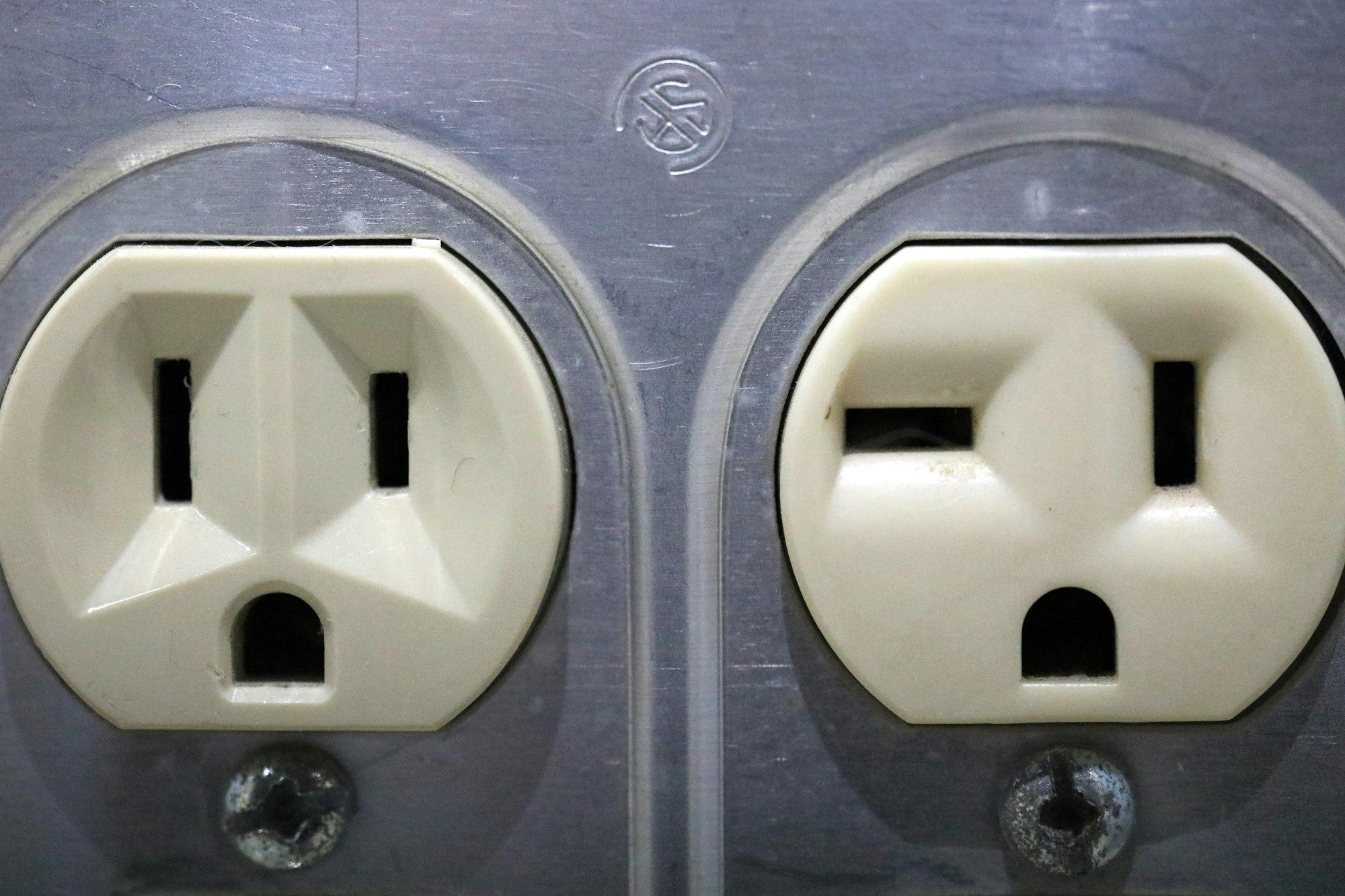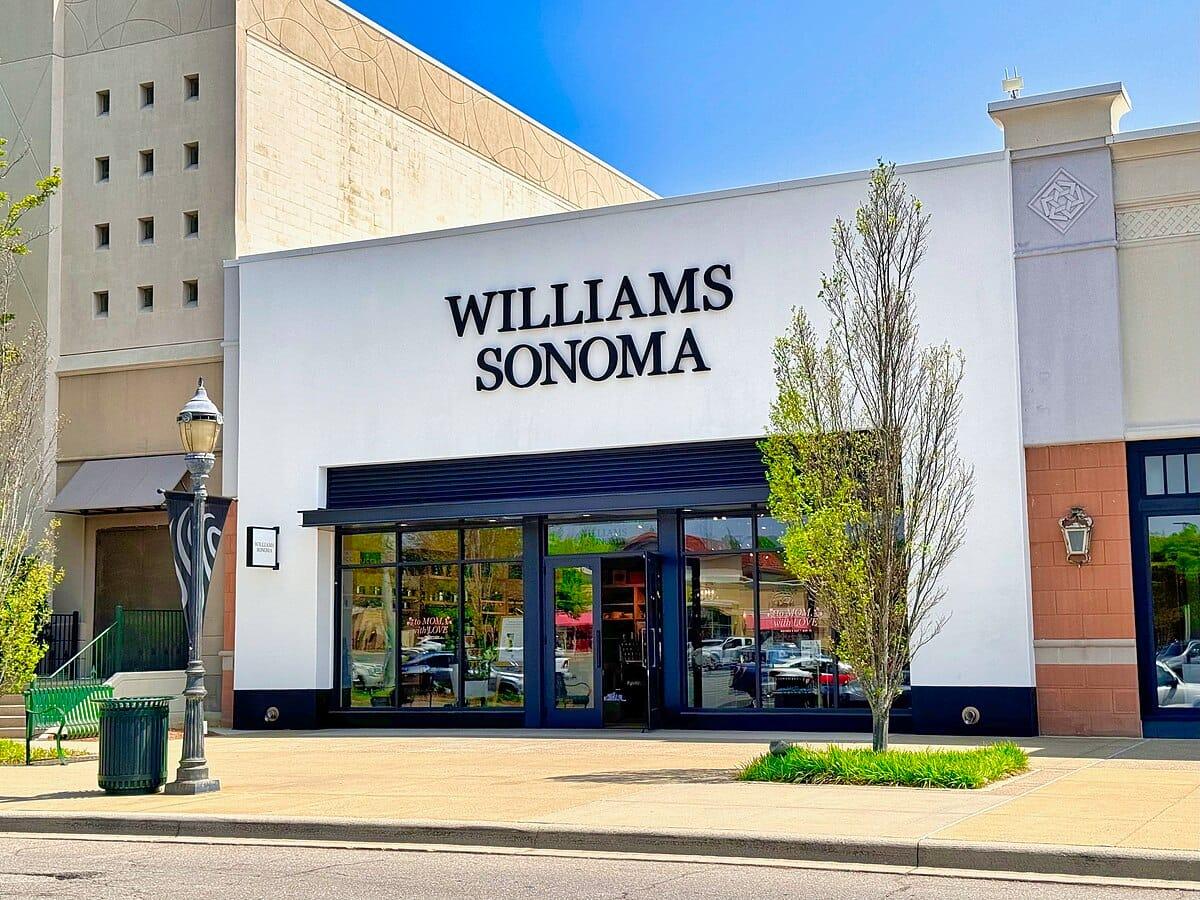The Ultimate Guide to Shopping Outlet Stores for Savings
Outlet stores are a shopper’s paradise, promising steep discounts on name-brand items and the thrill of discovering hidden treasures. But while outlet shopping can be a fantastic way to save money, navigating it effectively requires strategy. Not everything is the bargain it appears to be, and understanding how outlet stores work will help you make smarter buying decisions. This guide offers practical tips to help you maximize your savings and avoid common pitfalls. What Are Outlet Stores? Ou

Photo by Danielle-Claude Bélanger / Unsplash
Outlet stores are a shopper’s paradise, promising steep discounts on name-brand items and the thrill of discovering hidden treasures. But while outlet shopping can be a fantastic way to save money, navigating it effectively requires strategy. Not everything is the bargain it appears to be, and understanding how outlet stores work will help you make smarter buying decisions. This guide offers practical tips to help you maximize your savings and avoid common pitfalls.
What Are Outlet Stores?
Outlet stores are retail locations that sell products at discounted prices. They generally fall into two categories:
- Direct-to-Consumer Outlets: These stores offer items manufactured specifically for outlets, often with simplified designs or less expensive materials compared to retail versions.
- Clearance Outlets: These sell excess inventory, overstock, or items from previous seasons that didn’t sell in standard retail stores.
Benefits of Outlet Shopping:
- Lower Prices: Expect discounts of 30%-70% off retail prices.
- Unique Finds: Discontinued items and overstock that aren’t available in regular stores.
- Name-Brand Products: Access high-end brands at reduced costs.
Potential Drawbacks:
- Quality Differences: Items made specifically for outlets may not match the quality of their retail counterparts.
- Limited Selection: Sizes, colors, or product types may be restricted.
Benefits of Shopping at Outlet Stores
Outlet stores offer significant advantages for budget-conscious shoppers:
- Deep Discounts: Save on everything from clothing to furniture.
- Exclusive Deals: Many outlets have promotions not available in standard stores, especially during sales events.
- Seasonal Savings: Holidays and end-of-season sales often bring additional markdowns.
- Unique Inventory: Find one-of-a-kind pieces or discontinued designs.
Common Misconceptions About Outlet Shopping
It’s easy to misunderstand how outlet stores work. Here are a few myths and the truth behind them:
- “It’s All the Same as Retail”: Some items are made specifically for outlets, which means they may differ slightly in quality or materials from what you’d find in standard retail stores.
- “Everything is a Bargain”: While outlets often offer great deals, not all items are discounted significantly. Research prices beforehand to ensure you’re getting real savings.
- “Outlets Only Sell Defective Products”: Most outlet inventory consists of overstock, discontinued designs, or items created for outlets—not necessarily defective goods.
Tips for Scoring Big Savings
Maximizing your outlet shopping experience requires preparation and focus. Here are some strategies:
1. Research Before You Go
- Check the outlet’s website for store directories, sales events, and exclusive coupons.
- Browse online reviews to identify which stores are worth visiting.
2. Time Your Visit
- Shop Early: Mornings typically have better inventory and fewer crowds.
- Midweek Trips: Avoid weekend rushes for a more relaxed shopping experience.
- Seasonal Sales: Plan visits around major holidays or end-of-season clearance events for deeper discounts.
3. Set a Budget
- Determine how much you’re willing to spend to avoid impulse purchases.
- Focus on buying items you genuinely need or that represent significant savings.
4. Inspect Items Carefully
- Check for damage, irregularities, or signs of wear.
- For clothing, inspect seams and zippers. For furniture, ensure joints and finishes are solid.
5. Join Loyalty Programs
- Many outlet malls offer memberships with perks like additional discounts or early access to sales.
Common Outlet Store Pitfalls (And How to Avoid Them)
Impulse Buying
Deep discounts can tempt you to buy items you don’t need. Stick to your list and prioritize quality over quantity.
Overlooking Quality
Some outlet items, especially those made specifically for outlets, may use less expensive materials. Check labels, construction, and finishes to ensure durability.
Not Comparing Prices
Just because something is in an outlet doesn’t mean it’s cheaper. Use tools like Spoken to compare prices and verify that the outlet deal is truly a bargain.
Ignoring Return Policies
Outlet stores often have stricter return policies than regular retail stores. Review the terms before purchasing, especially for larger items like furniture.
Popular Outlet Stores to Visit
Here’s a quick overview of common outlet categories:
- Fashion Outlets:
- Brands like Nike, Coach, J.Crew, and Gap offer clothing, shoes, and accessories at significant discounts.
- Home Goods and Furniture:
- Stores like Pottery Barn, Crate & Barrel, and Williams-Sonoma often feature overstock, scratch-and-dent items, and discontinued designs at lower prices.
- Electronics and Tech:
- Outlets for brands like Bose and Samsung offer deals on headphones, TVs, and other gadgets.
- General Outlets:
- Tanger Outlets and Premium Outlets are large malls featuring multiple brands and categories in one location.
Outlet Shopping for Furniture and Home Goods
Shopping for furniture and home goods at outlet stores requires a careful approach. Here’s what to keep in mind:
What to Expect
- Scratch-and-Dent Items: Perfect for buyers who don’t mind minor flaws in exchange for steep discounts.
- Overstock and Floor Models: These items are often high quality but priced lower due to limited quantities.
Best Items to Buy
- Solid wood furniture, kitchenware, rugs, and seasonal decor are usually worth the investment.
What to Avoid
- Upholstered items with visible wear or overly trendy designs that may not age well.
Using Tools to Compare
- Platforms like Spoken allow you to compare outlet prices, ensuring that your deal is genuinely a bargain. Spoken also aggregates reviews, so you know the quality of what you’re buying.
Conclusion
Outlet shopping offers an excellent opportunity to save money on name-brand items, but a strategic approach is key. Research, timing, and careful inspection will help you score the best deals while avoiding common pitfalls. Don’t forget to use tools like Spoken to compare prices, check reviews, and make informed decisions. Whether you’re shopping for a new wardrobe, home decor, or furniture, outlet stores can help you maximize your budget while enjoying the thrill of the hunt.
Quick facts
What does outlet mean in shopping?
An outlet store is a retail location offering discounted products, often from overstock, discontinued lines, or items made specifically for outlets. These stores provide shoppers with access to name-brand goods at lower prices.
What is the largest outlet in California?
The largest outlet in California is Ontario Mills in Ontario. It features over 200 stores, including big-name brands and designer outlets, making it a prime shopping destination.
Does San Francisco have an outlet mall?
San Francisco itself doesn’t have an outlet mall, but nearby, you’ll find San Francisco Premium Outlets in Livermore, offering over 180 stores with significant discounts.
Why shop at outlet malls?
Outlet malls offer significant discounts, unique inventory like discontinued items, and access to top brands at lower prices. They are ideal for budget-conscious shoppers and those seeking deals on name-brand products.
Is it worth going to an outlet?
Yes, outlets can be worth it for steep discounts on brand-name goods. However, shoppers should inspect items for quality and compare prices to ensure they’re getting a true bargain.
What day is best to shop at outlets?
Midweek mornings are the best time to shop at outlets for fewer crowds and fresh inventory. Shopping during end-of-season sales or holidays like Black Friday can also yield deeper discounts.
What are the drawbacks of shopping at an outlet retail store?
Outlet stores may carry items made specifically for outlets, which can have lower quality. Sizes and styles may be limited, and return policies are often stricter than regular retail stores.
Why are outlets so much cheaper?
Outlets are cheaper because they sell overstock, discontinued items, or goods made with simpler designs or materials specifically for outlets. Lower overhead costs also contribute to reduced prices.
Why is designer outlet cheaper?
Designer outlets offer lower prices by selling past-season items, overstock, or designs created specifically for outlets. These items may have slight quality differences or simpler features than full-priced retail versions.
Where is the biggest outlet in the US?
The biggest outlet in the US is Sawgrass Mills in Sunrise, Florida. It features over 350 stores, including luxury outlets, and is one of the largest shopping destinations in the country.
Does New York City have an outlet mall?
New York City itself does not have an outlet mall, but nearby Woodbury Common Premium Outlets offers over 250 stores and is a popular destination for bargain hunters.
Does Los Angeles have an outlet mall?
Yes, Los Angeles is home to Citadel Outlets, a large outlet mall featuring over 130 stores with discounts on popular brands like Coach, Nike, and Michael Kors.
Does Chicago have an outlet mall?
Chicago is close to Fashion Outlets of Chicago in Rosemont, which features a mix of luxury brands like Prada and Versace alongside more affordable retailers.
Does Houston have an outlet mall?
Yes, Houston has Houston Premium Outlets, offering over 145 stores with discounts on top brands like Adidas, Kate Spade, and Calvin Klein.
Does Phoenix have an outlet mall?
Yes, Phoenix is home to Phoenix Premium Outlets, featuring over 90 stores with discounts on brands like Banana Republic, Levi’s, and Coach.
Does Philadelphia have an outlet mall?
Philadelphia is near Philadelphia Premium Outlets in Limerick, featuring over 140 stores offering discounts on brands like Under Armour, Fossil, and Tommy Hilfiger.
Does San Antonio have an outlet mall?
Yes, San Antonio is close to San Marcos Premium Outlets, one of the largest outlet malls in the U.S., with over 240 stores offering discounts on top brands.
Does Dallas have an outlet mall?
Yes, Dallas is near Allen Premium Outlets, featuring over 120 stores with discounted prices on brands like Polo Ralph Lauren, Nike, and Tory Burch.
Does San Diego have an outlet mall?
Yes, San Diego has Las Americas Premium Outlets, offering over 120 stores with discounts on brands like Guess, Michael Kors, and Adidas.
Does Florida have outlet malls?
Yes, Florida is home to several outlet malls, including Sawgrass Mills in Sunrise and Orlando International Premium Outlets, both featuring hundreds of stores with major discounts.
Does California have outlet malls?
Yes, California has numerous outlet malls, including Ontario Mills and San Francisco Premium Outlets, offering extensive shopping options with discounts on top brands.
Does Texas have outlet malls?
Yes, Texas features major outlet malls like San Marcos Premium Outlets and Allen Premium Outlets, offering hundreds of stores with discounts on popular brands.
Does New York have outlet malls?
Yes, New York is home to Woodbury Common Premium Outlets, one of the largest outlet malls in the country, with over 250 stores offering discounts on designer brands.
Does Pennsylvania have outlet malls?
Yes, Pennsylvania features outlets like Grove City Premium Outlets and Philadelphia Premium Outlets, offering discounts on a wide range of name-brand items.

Geoff Abraham
Co-founder & President of Spoken
Geoff is the co-founder and President of Spoken. He is a Dad. He holds a BA from UT Austin (Plan II) and an MBA from Stanford. Geoff has built several successful businesses, including a bicycle taxi business in San Francisco which he ran for 10 years with his wife, Mimosa. He is an executive coach, and he actively invests in seed-stage startups via The Explorer Fund.
Read more

